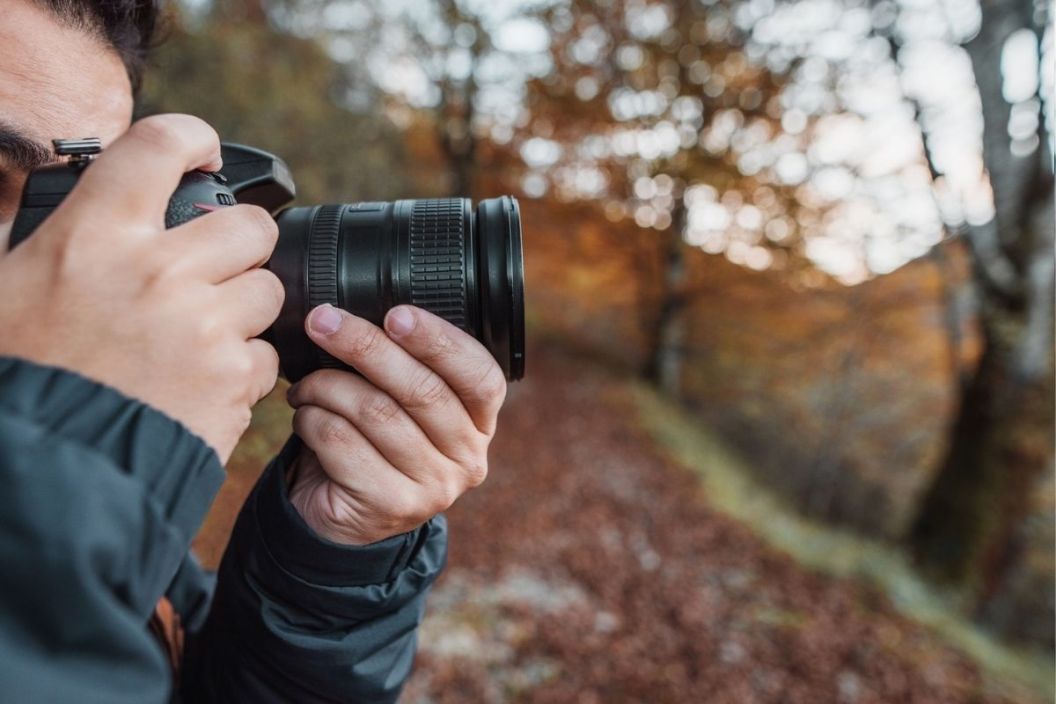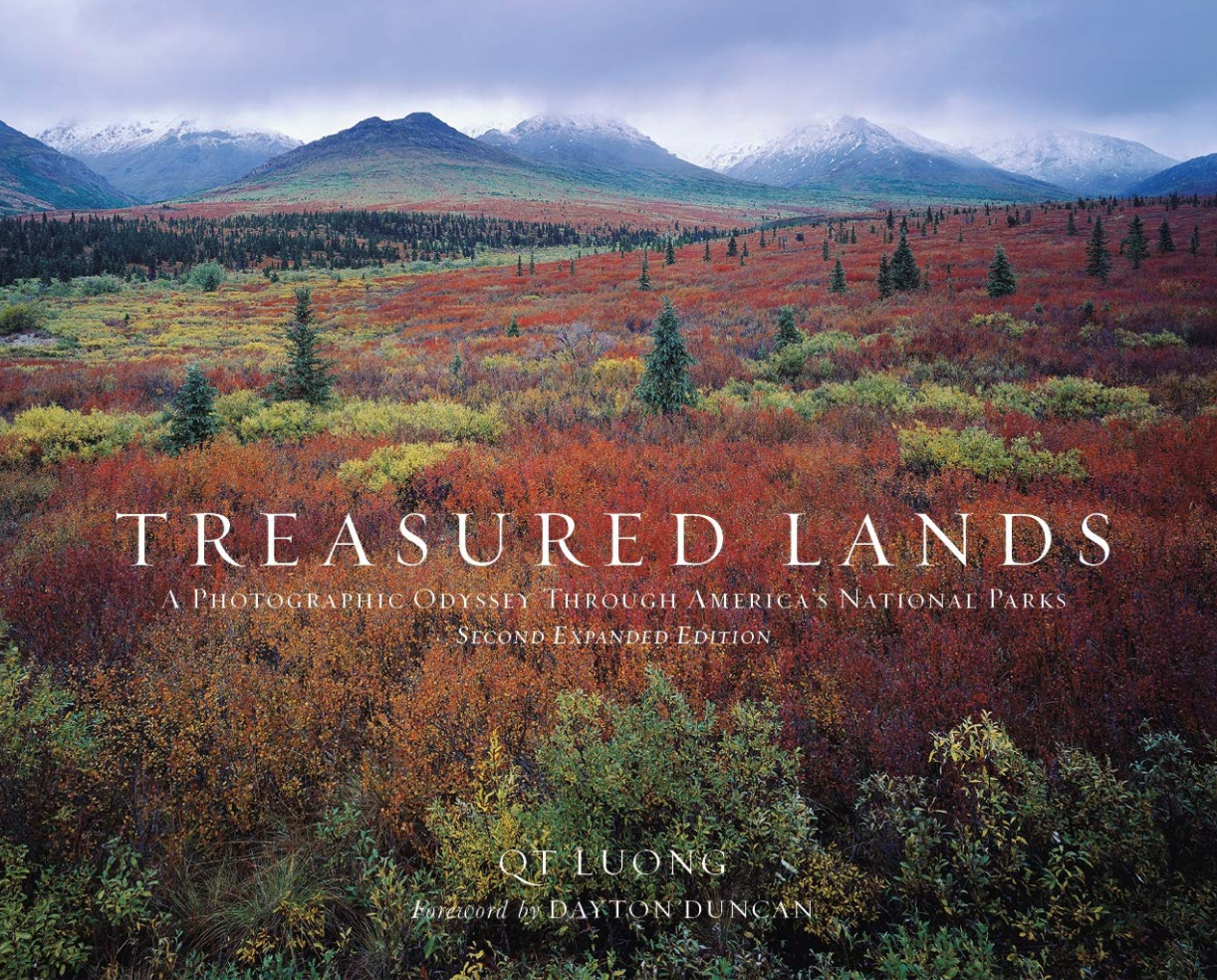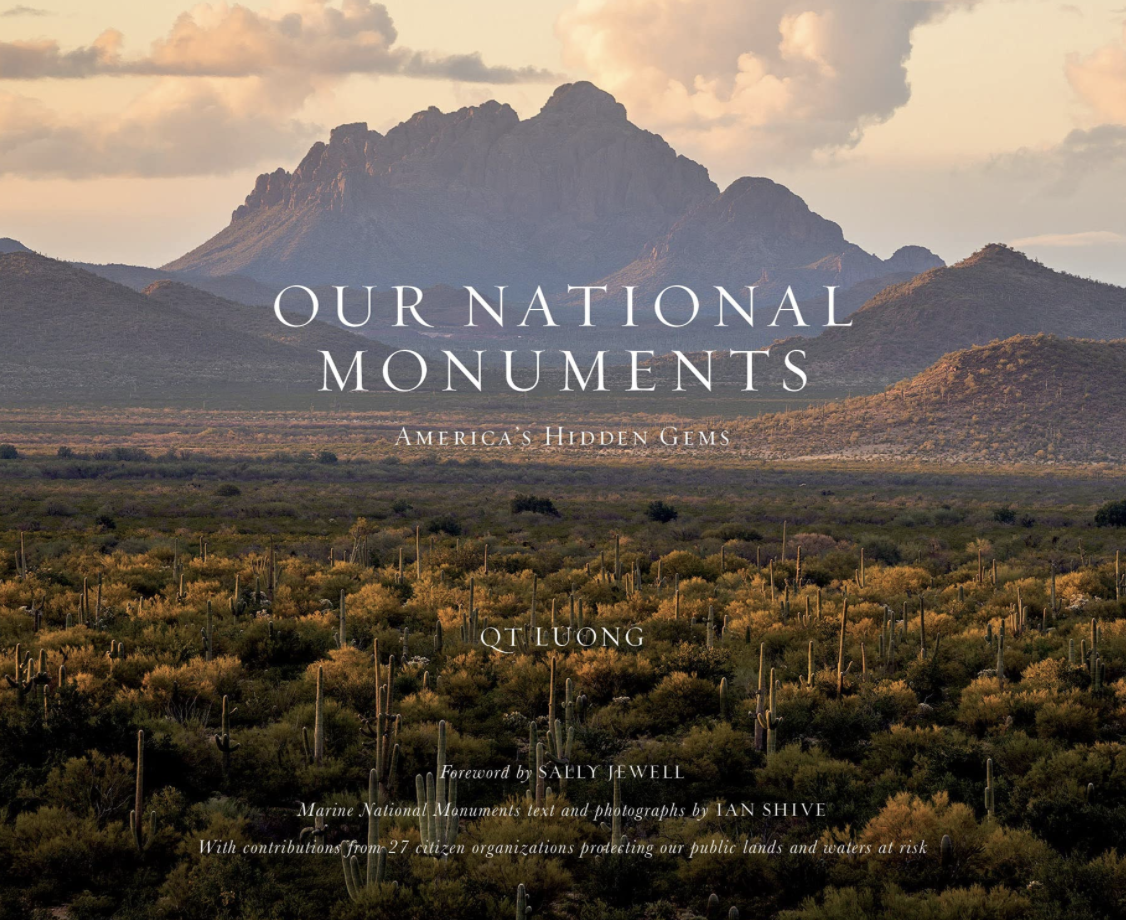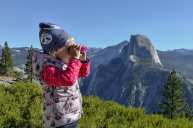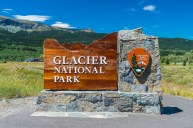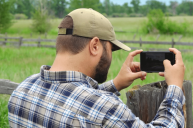Editor's Note: Products featured on Wide Open Roads are independently selected by our editors. However, when you buy something through our links, we may earn a commission.
In 1993, QT Luong set out to complete a project that no one else had taken on yet: capturing all the U.S. national parks in large format. During a compelling and informative discussion with Wide Open Roads about that project (which spanned over the course of 20+ years!), his most recent project, and his journey as a landscape photographer, Luong highlighted recognizing the significance of our country's natural lands and how important it is to continue expanding public awareness about them.
Born in Paris, France, Luong first found his love for nature back in the 1980s after a friend took him to an outdoor outing. Fascinated with the vast beauty of the mountains, he became an avid outdoor enthusiast, developing and fueling his passion for gorgeous natural landscapes through photography. His photography connects him to nature in a way that feels personal, intimate, and special, while also helping him convey the incredible visions he witnesses to all who see his pictures.
Drawn to all the wonders within Yosemite National Park, he found his home in the San Francisco Bay Area of California. But in understanding the innate diversity of the massive American landscape, he decided to learn how to use a large format camera and set out to document and highlight the distinct singularities that make every national park unique and special. After more than two decades of consistent and patient planning and traveling, he completed his gallery, resulting in the publication of his highly-acclaimed and heavily awarded signature book Treasured Lands: A Photographic Odyssey through America's National Parks.
Wide Open Roads also spoke with Luong about the journey through his newly released publication Our National Monuments: America's Hidden Gems. He elaborated on how this recent project clarifies the definition of the word "monuments" and expounded on his relationship with his pictures. And while his last book highlighted the individual, lesser-known features of each national park, he hopes his new book will be more informational on what the U.S. holds beyond what's widely-known about our country's most prominent natural areas. Luong hopes to deliver important messages about respectful conservation and preservation, while also sharing with others the same enchantment and wonder he has with these lands.
QT Luong: Award-Winning Photographer & Author
In this day and age, the rise of technology and social media have taken over our society. What drew you to remain publishing your photos in print?
Luong: Well first, I would say that I'm on social media, although I'm not really an influencer... It's not something you do with one at the exclusion of the other. With social media, you can reach a lot of people. But if someone goes to your exhibit or purchases your book, they're going to spend a few hours with it. I think each of these has their place, and I'm actually trying to use social media more to direct people to my product. But I think that there's a deeper engagement, something more intimate about being able to flip through the physical book of something. The problem with social media nowadays is that people's attention spans are shrinking because it's quick to just kind of scroll through things constantly.
https://www.instagram.com/p/CUJSpC9szLv/
Treasured Lands: A Photographic Odyssey through America's National Parks was heavily awarded because the photos take readers through a personal interaction with the land. What were you trying to accomplish with this project and what deeper message were you sending through this publication?
Luong: When I started the project, I didn't have a goal to to do a whole book. My goal was initially to just to make some credit system, to take some good photographs of each of the parks. I didn't become a full-time photographer until the mid-2000s. So back then, I was still working as an artificial intelligence researcher, which meant that I could only travel to the national parks during my vacation time. And that was the reason why I was so strategic in doing multiple, return visits. After after I did those repeated visits, I realized that I did some things that I couldn't find in any of the books about national parks. There are lots of them, but I felt that no book really gave justice to the experiences I had myself, which was seeing the diversity of the entire national park system and also the issues of each national park in depth, because I tried to visit each of their corners too.
So what you see in many books about national parks is mostly pictures of the most well-known parks, like Yosemite and Grand Canyon. But the lesser known parks- they barely make an appearance. But I found that they were just as beautiful as the well-known parks. So one of my objectives was to try to do some things that will also give justice to this diversity, that gives just as much importance to those lesser known parks as the bigger ones. Then, I also tried to show the diversity of each park. For instance, with Yosemite, I would say 95% of people spend time only in Yosemite Valley. But Yosemite Valley is only maybe 5-10% of the park. Outside of that, you have the high country- which is much less explored.
Get Treasured Lands: A Photographic Odyssey through America's National Parks on Amazon:
What do you try to capture in your photos while traveling and exploring the American landscape?
Luong: The thing that I try to really give off is the feeling of being there, how it feels to be in such a place, and how each place is unique. Like the lushness of a rainforest, which is full of life- every square inch knows the silence and clarity of the air and of the light. And also, the impressions and feelings that are unique to a place. My goal is to try to inspire the world to visit these places for themselves because this project brought me so much joy and happiness, and I want it to inspire people to experience that specific joy for themselves, making people say that they want to go there.
https://www.instagram.com/p/CTYfqGpMXOi/
RELATED: "Travel Mamas" Opens Up on Her Family, Kids, and Embracing Life On The Move
Our National Monuments: America's Hidden Gems is your most recent, published work. What are you trying to achieve with this project?
The goal of this project with the national monuments was to bring awareness to those public lands. Because the thing is that we people, we conserve only what we love. And we love only what we understand and what we know.
Luong: And so my goal in this project was first to try to give back to the people who work to protect these lands. And so in a Treasured Lands, I bought everything myself. But in Our National Monuments, I invited conservation organizations that care for those lands to have a say in the book, so that they could explain themselves what what it was all about. I was also hoping that with these books, they would have something that they can show people if they want to show people how beautiful those lands are. I also hope to get some legislative change, including more protections for the monuments.
Get Our National Monuments: America's Hidden Gems on Amazon:
What's the purpose of raising awareness of our country's national monuments?
Luong: So first, you have to understand, what are our national monuments? So, when people say that, they might mean maybe the Statue of Liberty or some kind of memorial statue. What people don't realize is that in this country, the term "national monument" has a more specific meaning. And so in the U.S., "national monuments" simply refers to some areas which can receive federal protections, just like the national parks. And those monuments- they can be either manmade selections or natural areas.
And the reason why their names are the way they are is mostly historic. Because at the turn of the 20th century, when people began to discovered the Indian ruins in the southwest, people also began to loot. So Congress sought out some protections for those early years. The problem with everything that Congress does, is that it takes a lot of time because of all the debates. And so it was thought that executive action was needed in order to to protect areas at risk in a more expedited way.
So in 1906, they passed this law called the Antiquities Act. And what the Antiquities Act does is that it allows the president to designate by executive order, a new federal area as a national monument. So the Antiquities Act was named that way because it was made initially to to preserve those native antiquities. The first national monument that was established was actually not manmade. It was a natural feature, Devil's Tower in Wyoming. President Theodore Roosevelt would the designate the Grand Canyon as a national monument as well. It could be of historic interest or of scientific interest, and the Grand Canyon was actually considered to be of scientific interest. Subsequently, many of those areas will become national parks, and in fact, about half of the commercial parks started as national monuments.
https://www.instagram.com/p/CQt3vScMQFG/
What advice would you give to those who want to dive into their passions for photography more while traveling?
Luong: Well, it's really difficult to give general advice in the sense that I think the first thing you have to understand is that if you enjoy taking pictures, why do you enjoy it? Because people can enjoy it for so many different reasons. You can enjoy it just because it gets you outdoors. Or just because those are your pictures, your memories. You can enjoy photography for self-expression as an artist. Or you can enjoy the creative aspect of it or the social aspect of it. You could enjoy traveling with other photographers or if it includes you posting on social media, then it might be getting likes. So you have to be really clear on why you enjoy it. And depending on why you enjoy it, then you can further your goals.
Have any advice to share about landscape photography and capturing the most gorgeous natural lands of the U.S.? Share your tips with us on our Wide Open Roads Facebook!
